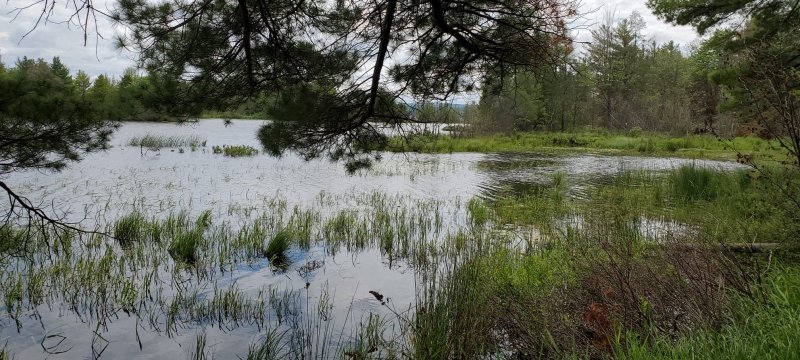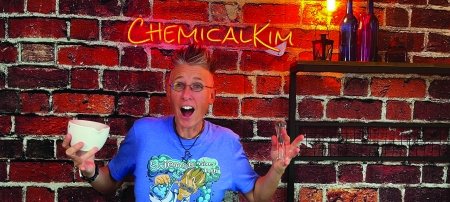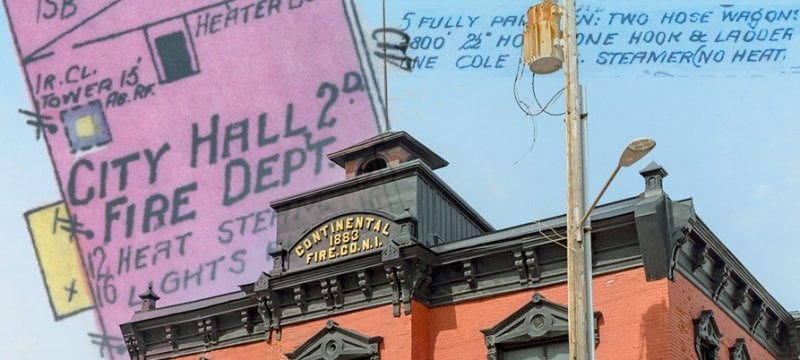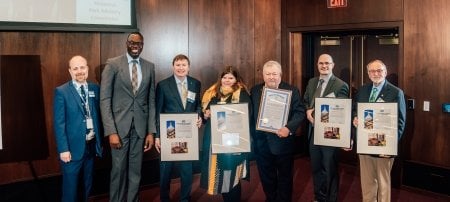High school student Rohan Sarkar had the summer research experience of a lifetime, both in the lab and by the lake.
This summer I was excited to volunteer at Michigan Technological University to get some summer research experience. Besides learning cell culture techniques from a Ph.D. student, Manas Warke, at Dr. Smitha Rao’s lab in the Department of Biomedical Engineering, I was given the opportunity to participate in the Research Experience for Undergraduates program TECH SCEnE (short for Technology, Science, and Community Engagement in Engineering), which started this year.
TECH SCEnE
Funded by the National Science Foundation, TECH SCEnE gives a group of 12 undergraduates from various universities across the U.S. the opportunity to participate in research during the summer. The students get a stipend and are split into groups to work under a faculty mentor and graduate student volunteers for eight weeks.
I participated in the TECH SCEnE program, mainly in the wild rice project and some related activities in partnership with the Keweenaw Bay Indian Community (KBIC). I also took part in the restoration effort at Sand Point Beach with members of the TECH SCEnE program.
Restoration is a Team Effort at Sand Point
The projects that the visiting undergrads and I undertook connect back to one another through the KBIC. Specific projects included developing an underwater acoustic sensor network for water quality monitoring, developing “smart” underwater adhesives, synthesizing inexpensive nanofiber membranes for use in personal protective equipment, improving lighting controls in the local fish hatchery and monitoring manoomin (wild rice) uptake and accumulation of heavy metals from mine tailings.
Throughout the early 20th century, Michigan’s Upper Peninsula was riddled with copper mines, which often dumped mining waste called “stamp sands” into Lake Superior. Later, contaminated sediments were dredged, but they were left on the lakeshores, such as our field site at Sand Point Beach. In recent years, the KBIC has been accepting volunteers to help introduce new flora to the area to restore the desolate area to beauty.
The TECH SCEnE program is an effort to immerse visiting students in the community and teach them about the importance of respecting culture and understanding the impact of the research they perform on local communities.
New Tech for Old Problems
The underwater acoustic machinery aids with understanding the water quality conditions around the Keweenaw. The reusable adhesives are directly related to the acoustic machinery, allowing for better adjustment of the technology to different seasons year-round.

The nanofiber technology is an inexpensive alternative to produce filters for masks and other protective equipment that are difficult for rural communities like KBIC to access.
The improvements to the KBIC fish hatchery facility assist the community by decreasing fish mortality rate. Analyzing the heavy metal contamination of areas around the Keweenaw Bay area helps identify the health risk from potential metal accumulation in wild rice.
All the research projects developed were based on KBIC priorities, and each project had an assigned KBIC mentor.
At Sand Point, I witnessed friendships made through a mutual interest in helping the community shared by students who took part in the program. Sand Point expresses the great contrast between the past and the present. While the beach is desolate and barren due to the stamp sand deposits, the nearby nature walk is lush with plants nurtured by the KBIC’s restoration efforts. Some plants had to be established in groups of three because of the harsh soil conditions — they need the cumulative effort of multiple smaller plants to grow.
Volunteers were also taught about the history and wild rice planting culture of the KBIC in the Sand Point Beach wetlands. Learning about the KBIC’s connection to the environment, being able to take a small part in the restoration of beautiful lakeside land and seeing the enthusiasm and interest of students taking part in the TECH SCEnE program was an enlightening experience for me.
From the Lake to the Lab
I also took part in lab work performed to study the metal uptake by wild rice with undergraduate students Brooke Carter and Samantha Haynes. Carter and Haynes collected sediment and water samples from different sites at the Sand Point sloughs and Plumbago Lake with the help of Warke. We then performed laboratory tests to determine the sediment, water quality and metal content of the samples to understand how the water and soil could affect human health. We also analyzed metals uptake by wild rice plant roots and metals translocation to shoot and seeds.
Based on the results obtained in this project, I am presenting a poster on behalf of the group in the national conference of the Association of Environmental Health and Sciences in October. It was inspiring to behold the fruits of the effort put forth by graduate student mentors and professors to cultivate a passion for research in motivated college students — and in a high school student like myself.
I also asked Dr. Rao, the principal investigator of the program, how she felt the TECH SCEnE program’s first year went. She explained: “As faculty advisors, we [learned] ... that students are extremely enthusiastic, and that they only need a gentle nudge to take a deep dive into [research activities].” In relation to the project’s future, Dr. Rao expects that the TECH SCEnE program will “continue to lay the foundation for a strong and long-lasting collaborative partnership that others across MTU and KBIC can rely on.”
Rohan Sarkar is a junior at West Orange High School in New Jersey. He is a high honor student interested in doing research at the intersection of environment and public health, particularly those related to marginalized communities. His hobbies include reading fantasy and dystopian literature, listening to music and playing video games.
Michigan Technological University is an R1 public research university founded in 1885 in Houghton, and is home to nearly 7,500 students from more than 60 countries around the world. Consistently ranked among the best universities in the country for return on investment, Michigan's flagship technological university offers more than 120 undergraduate and graduate degree programs in science and technology, engineering, computing, forestry, business, health professions, humanities, mathematics, social sciences, and the arts. The rural campus is situated just miles from Lake Superior in Michigan's Upper Peninsula, offering year-round opportunities for outdoor adventure.






Comments